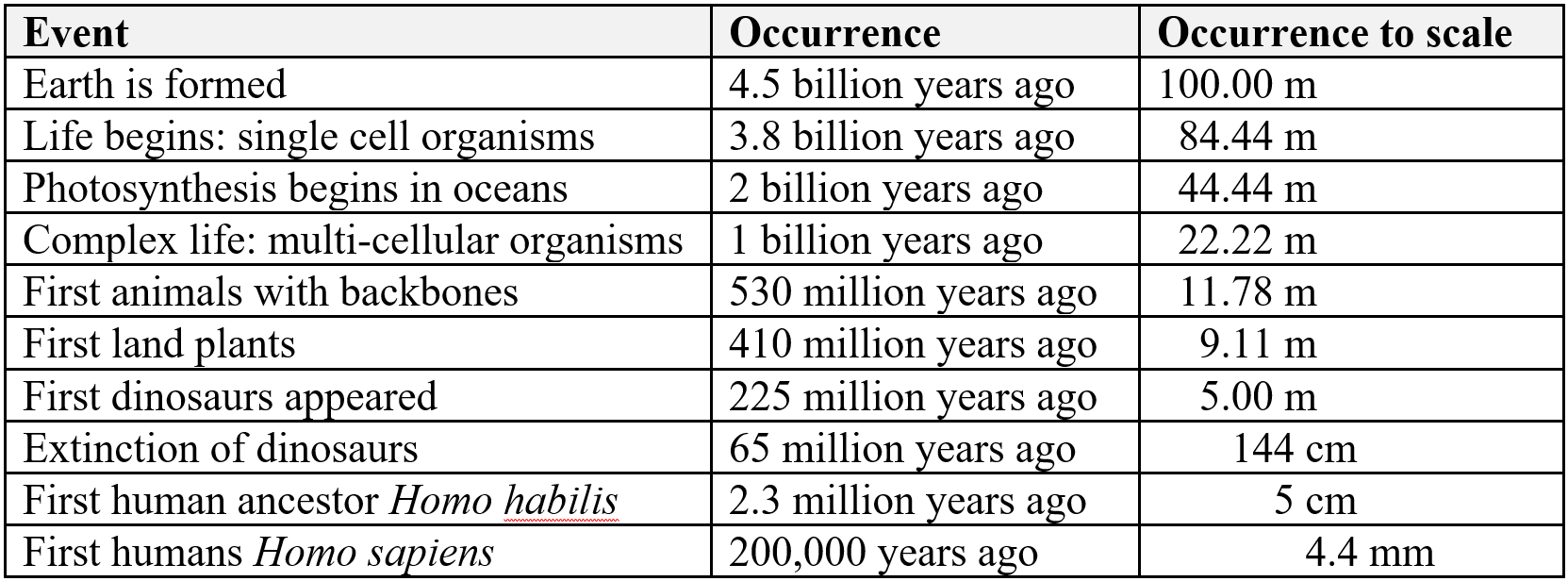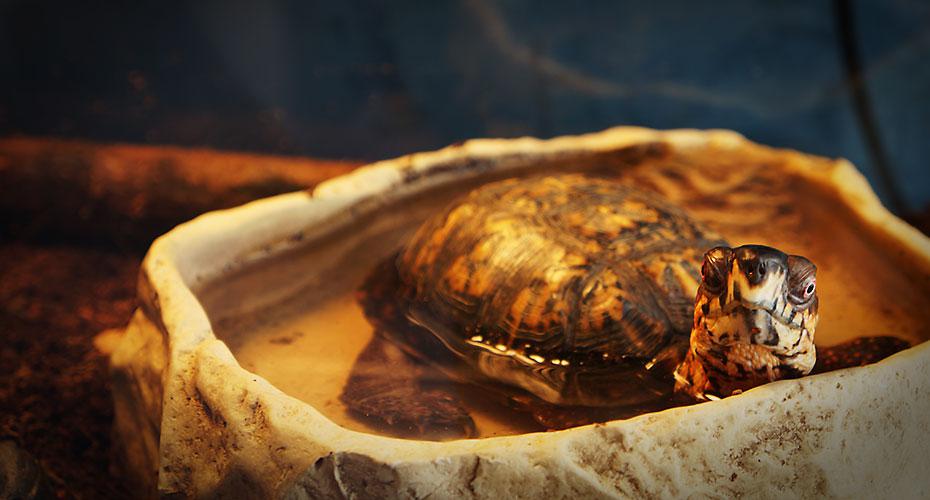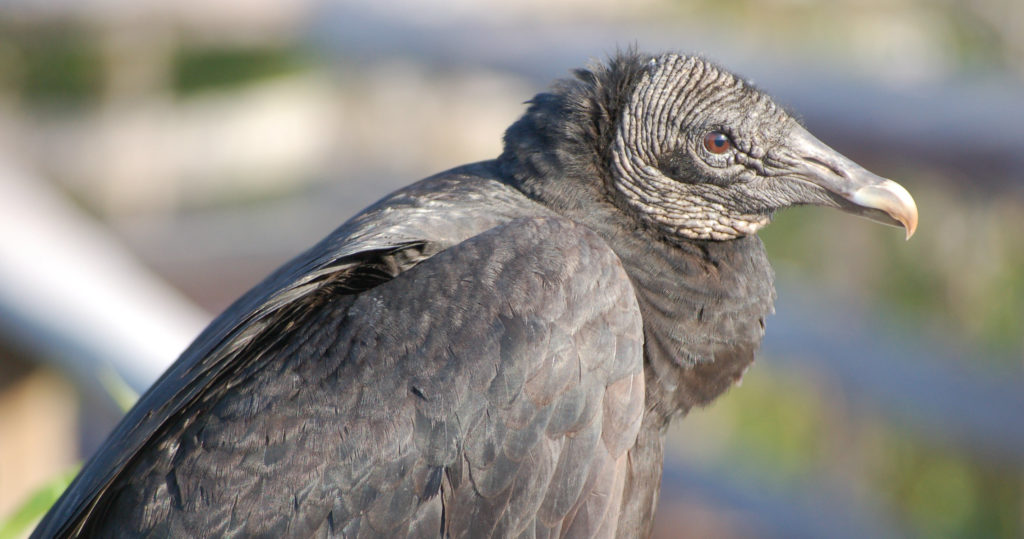In this activity, students imagine that time can be squished, and will construct a simple timeline of life using a 100 metre tape.
The Earth has existed for approximately 4.5 billion years. That is an incredible length of time for students and adults to comprehend. Through this exploration, students will gain an understanding of the immenseness of our planet’s history, and the brief period dominated by dinosaurs, and then humans.




